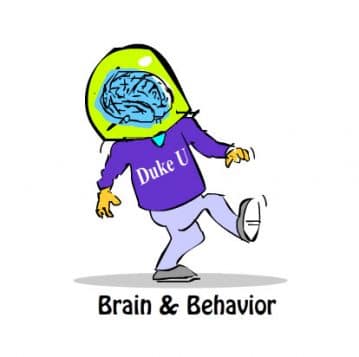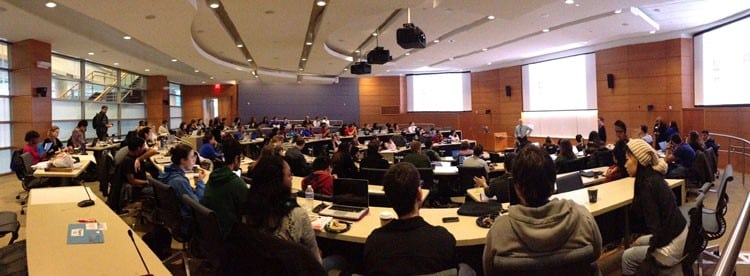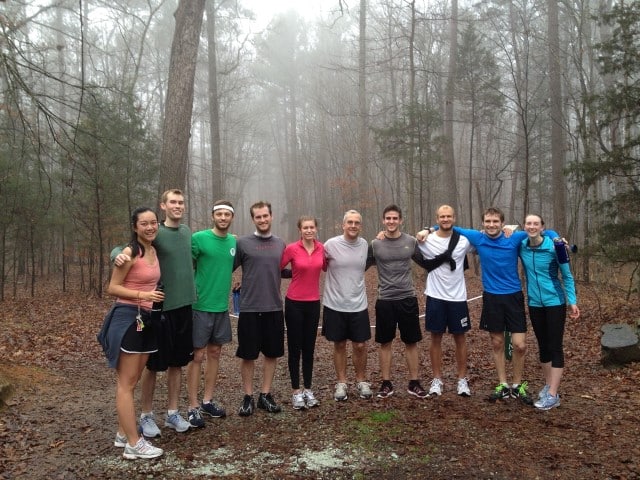Welcome to our on-campus students in the Duke University School of Medicine
On 3 January 2017, the first medical students at the Duke University School of Medicine (Durham, North Carolina USA)will start a four-week course that covers cellular neurobiology, systems neurophysiology, clinical neuroanatomy, and cognitive neuroscience.

The name of the course is “Brain and Behavior” and is part of the required preclinical science curriculum for medical students at Duke. Professor White is the instructor in this course. They will work through all of Medical Neuroscience, with some additional content on cognition and biological psychiatry, before their final exam on January 30th.
We (the Medical Neuroscience Learning Community) would like to welcome those students to the Course Medical Neuroscience and to the supportive website Learn Medical Neuroscience. Moreover, we hope to meet the on-campus students on the Medical Neuroscience discussion forums with questions and reactions to posts of other students. Especially we would like to see their images of their learning experience and the images they produce of neurobiological structures posted with #GetNeuro on Instagram appear on the image carousel on the page Learning Community.
Blended learning
Brain and Behavior is a –blended learning– course. Blended learning is a formal education program in which a student learns at least in part through the delivery of content and instruction via digital and online media with some element of student control over time, place, path, or pace. They can use the information of the online course as a foundation in their learning process. For that reason, they are free to use contact time in the course for learning through interaction with each other and their instructor, professor White.
The form of blended learning that professor White prefers is “team-based learning”. Using this approach, students will watch videos in Medical Neuroscience in order to prepare for the next day’s classes. In class on campus, students will undergo “readiness assurances”, which are similar to the quizzes in Medical Neuroscience. First students will take the readiness assurance individually, and then they gather into their teams (6-7 students per team) and work through the same question set achieving consensus before reporting their selections on a scorecard. There is a small penalty for guessing best responses, so each team is encouraged to discuss thoroughly each question and each response choice before committing to a selection. Following readiness assurances, students progress to the next phase of team-based learning when they are challenged to apply their knowledge. These applications include brain anatomy laboratories, patient presentations, seminars from experts, and clinical case discussions.

In recent years, 91 percent of the campus-based considered the video tutorials from Medical Neuroscience to be “extremely useful” for their learning in the campus-based course. We expect they appreciate the supportive website as much as our online learning community does.
Exercise and brain health
All the students (on-campus and online) also learn in this course about the importance of exercise in brain health. Online students slightly envy the on-campus students for their opportunity to join in a “Neur-run” with Professor White. Should you ever have the chance to visit North Carolina, please consider joining Professor White and his Duke students on a Saturday morning “Neur-run” in the beautiful Duke Forest!
